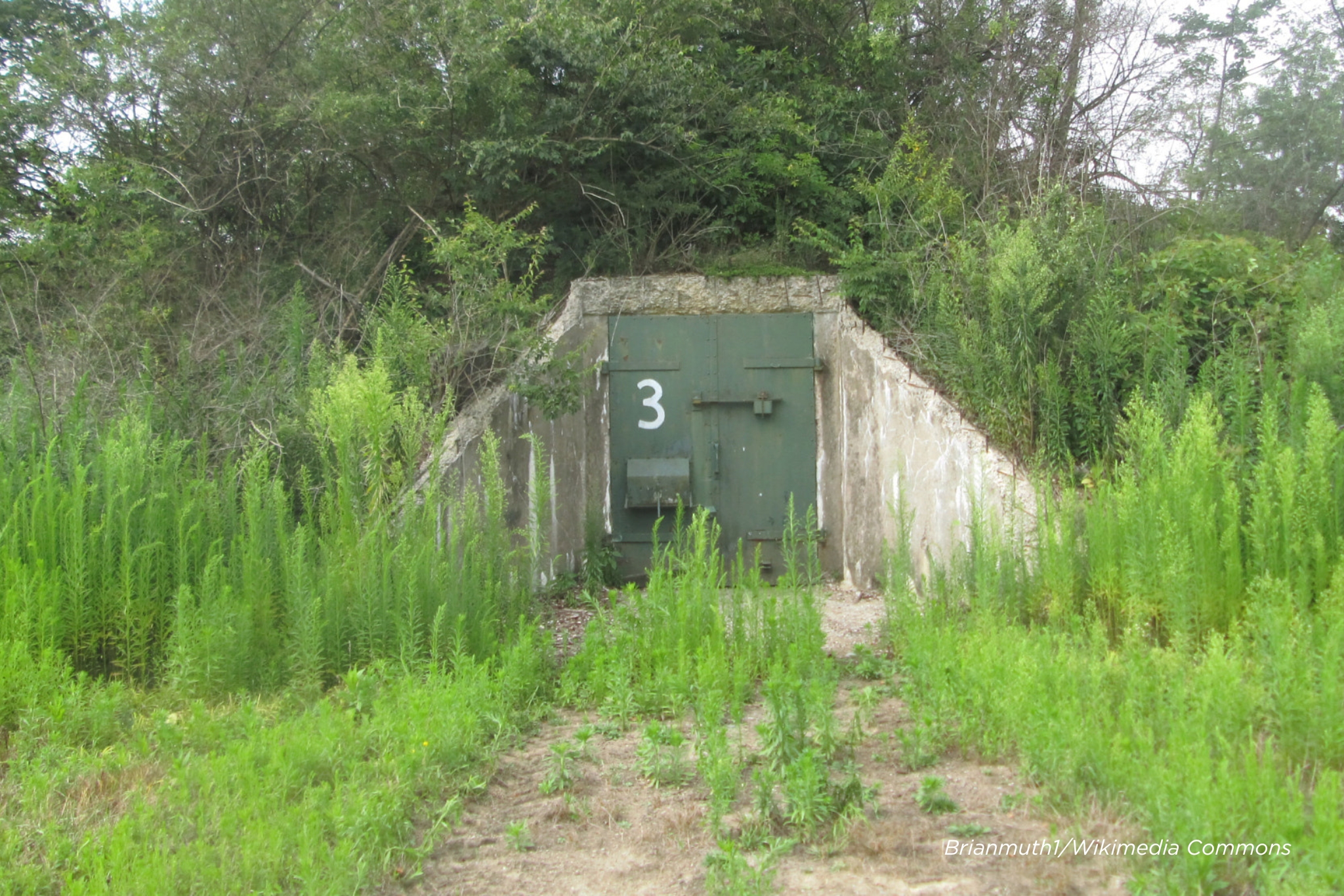
History buffs who love to explore can plan a trip to State Game Lands 252 to check out munitions bunkers that were constructed during World War II and are still standing today.
In 1942, the federal government purchased the small town of Alvira — forcing the entire community to leave their homes — to construct Pennsylvania Ordnance Works. But after just 11 months in operation, the plant was shut down and 149 bunkers spread throughout the land were abandoned.
A portion of the seized land was given to the state of Pennsylvania and became State Game Lands 252 in 1964.
Today, visitors can still find the bunkers — which resemble concrete igloos — across the 3,000 acres, although many are covered by brush and vegetation. Some of the bunkers are visible from the road, and several are open for you to take a peek inside.
You can also find Civil War-era cemeteries and ruins of the town of Alvira if you venture off the beaten path.
Best time to visit: Most of the bunkers are accessible any time of year, but they can be easier to find in the late winter and early spring before foliage grows up.
Pymatuning Wildlife Management Area – State Game Lands 214
-
Crawford County, Northwest Region
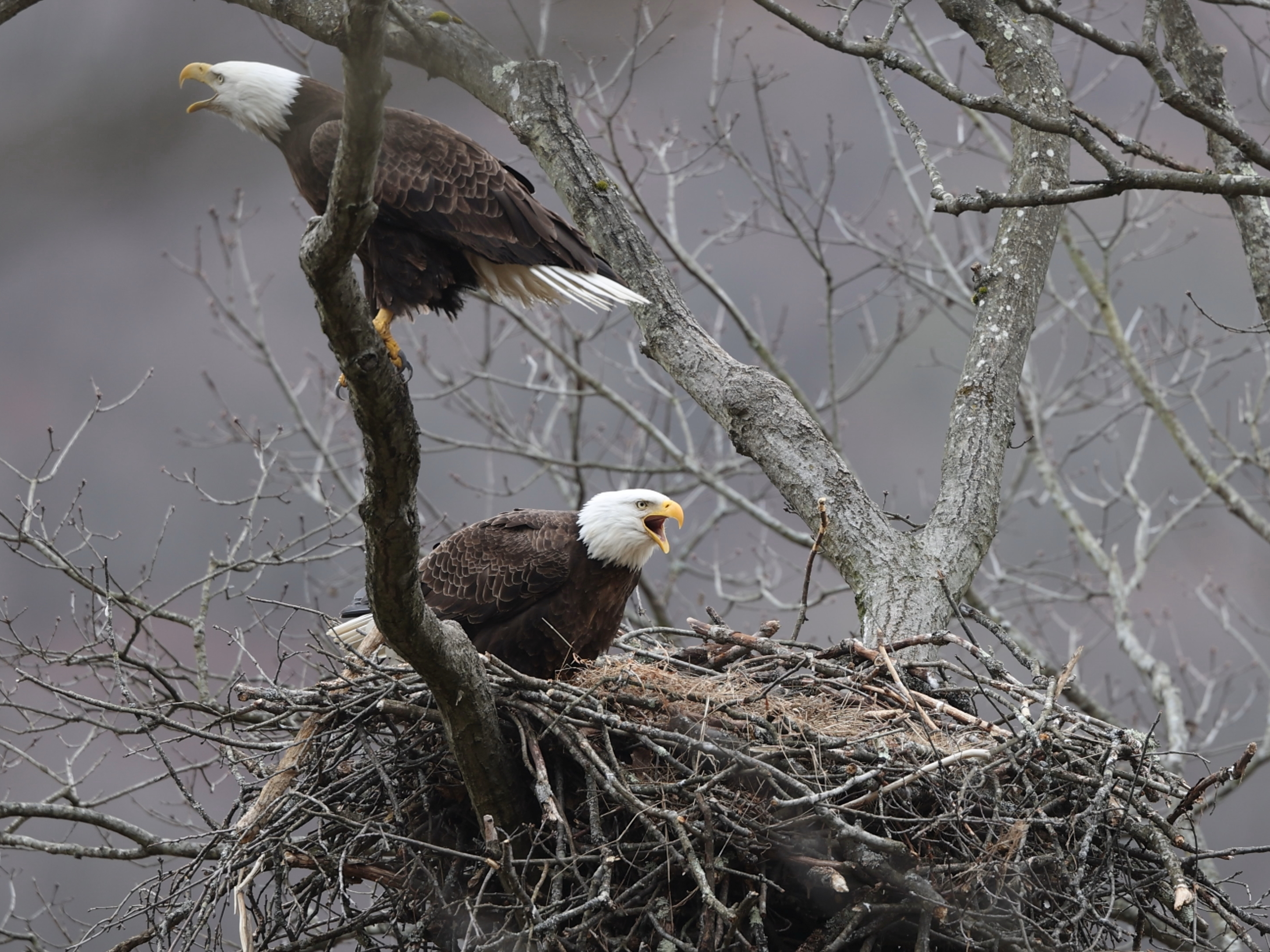
Situated by the Pymatuning Reservoir and State Park, State Game Lands 214 offers some of the best birdwatching in the Keystone State.
Spring is the best time of year to catch nesting activity, but eagles are spotted just about every day of the year around Pymatuning. The area draws tens of thousands of ducks and geese during spring and fall migrations, while flocks of tundra swans feed in 214’s grain fields throughout late winter and spring. A variety of shorebirds such as killdeer and American golden plover are also abundant in the spring.
A visitor center within the Pymatuning Reservoir area, which will focus on wildlife education with an emphasis on waterfowl, is slated for construction in 2024.
Learn more details on the wildlife of State Game Lands 214 and the best spots for birding near Pymatuning Reservoir here.
Best time to visit: Late winter through spring will offer you views of a variety of different species, but you can enjoy birdwatching year-round.
Blue Marsh Flower Fields – State Game Lands 280
-
Berks County, Southeast Region

Belong among the wildflowers? You won’t want to miss the acres of bold blooms on State Game Lands 280 at their peak!
The Game Commission plants pollinator and sunflower fields that serve wildlife but also make for some stellar summer views.
Vibrant native wildflowers promote pollinators such as bees, birds, and bats, while sunflowers provide a food source for wildlife, from bears to voles to deer.
Because they also offer excellent habitat for a variety of species, you can expect to see some critters around these blossoms, and the managed sunflower fields become a dove-hunting destination come September.
You can’t pick the flowers on State Game Lands 280, but they do make the perfect backdrop for photo ops.
Best time to visit: For the best odds of catching the colorful flowers in full bloom, visit between July and September.
The Thousand Steps – State Game Lands 112
-
Huntingdon County, Southcentral Region
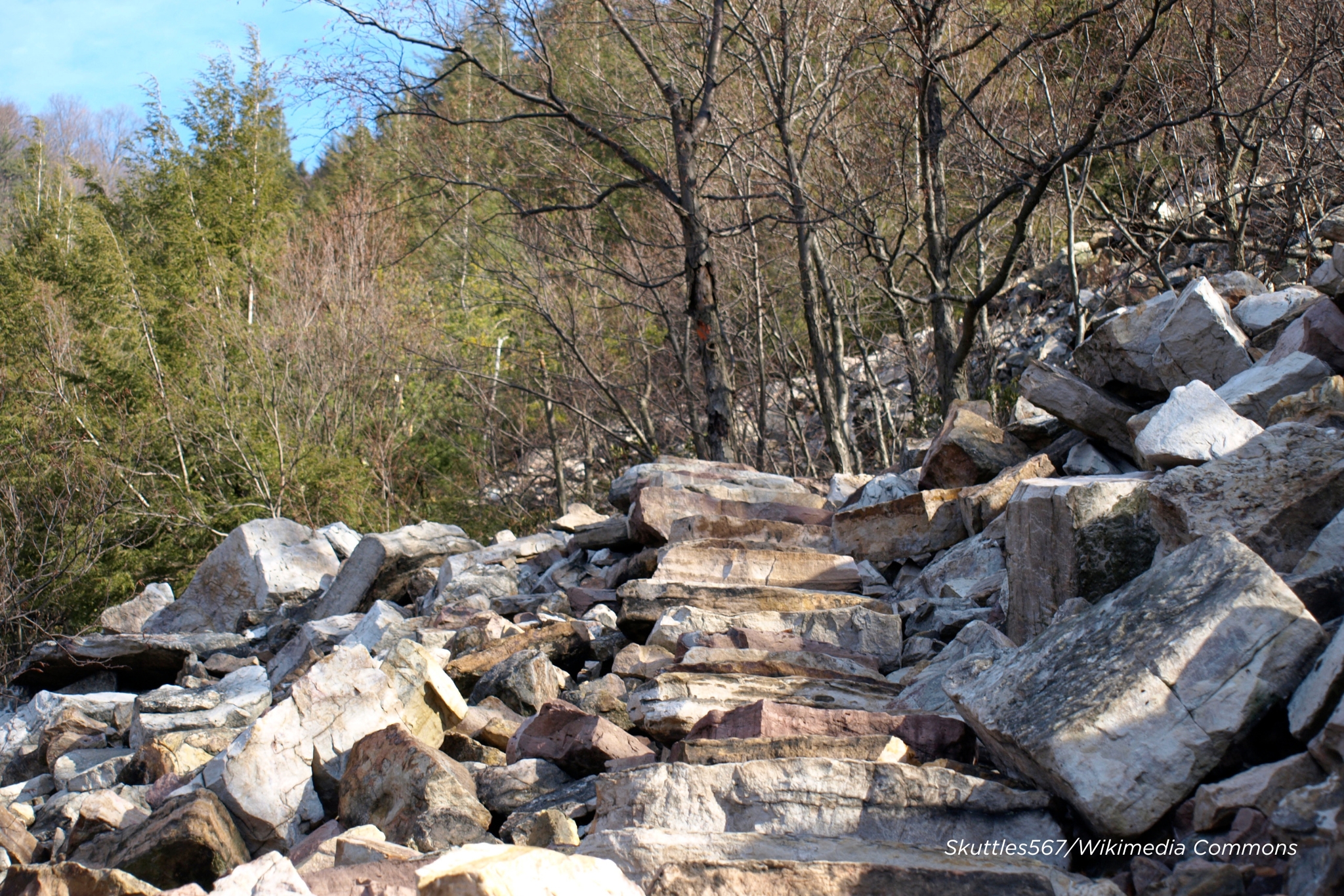
Looking for a scenic hike that will get your heart pumping and literally take your breath away? Climb the Thousand Steps on State Game Lands 112.
Located along the Standing Trail, the Thousand Steps (which actually total a few dozen more than that) were built nearly a century ago as a means for quarry workers to make their daily commute to the top of Jacks Mountain ahead of an even more grueling workday.
The Thousand Steps only span a half-mile but come with an elevation change of 850 feet that rewards you with a stunning overlook at the top.
Remnants of a dinkey shed and stone quarries also still exist at the summit.
Best time to visit: The steps can be slippery in snowy or wet conditions, so plan your hike for a dry day in the spring or summer.
Plane Crash Site via Laurel Highlands Hiking Trail – State Game Lands 42
-
Westmoreland County, Southwest Region
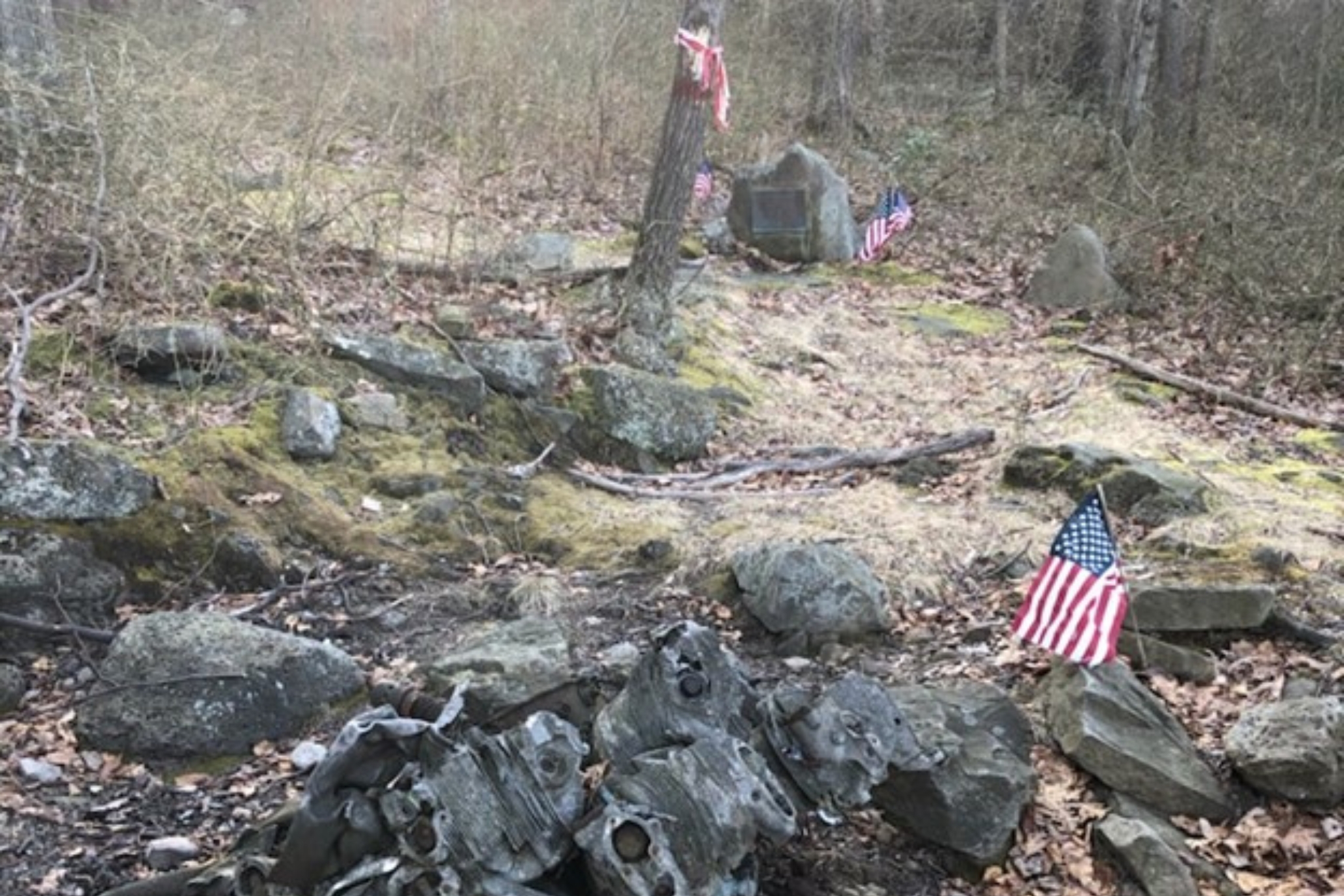
Hit the scenic
Laurel Highlands Hiking Trail — which offers 70 miles of hiking through state parks, forests, and game lands — then take a slight detour on State Game Lands 42 to catch a glimpse of some sobering history.
Situated on Sugar Camp Hill is the engine of a Helldiver that nose-dived en route to Detroit in 1945. U.S. Navy radioman George Cohlmia and pilot Frank Z. Campbell were flying home from a post-World War II celebration in Washington, D.C. when their plane tragically crashed into the mountainside.
A few yards from the partially melted engine is a bronze plaque paying tribute to the servicemen, surrounded by small American flags.
The remote crash site is only well-known to some Pennsylvania hunters, who helped Cohlmia’s surviving family visit his memorial for the first time in 2012.
Best time to visit: The plane remnants can be challenging to find, especially when thick brush and foliage cover the area. So late winter and early spring can be the best time to search for the crash site.
Always check hunting season dates and plan your adventures outside of those times. If you do travel onto state game lands during fall hunting seasons, be sure to stay visible by wearing the required fluorescent orange.
For more details on state game lands locations, visit the Game Commission’s mapping center.
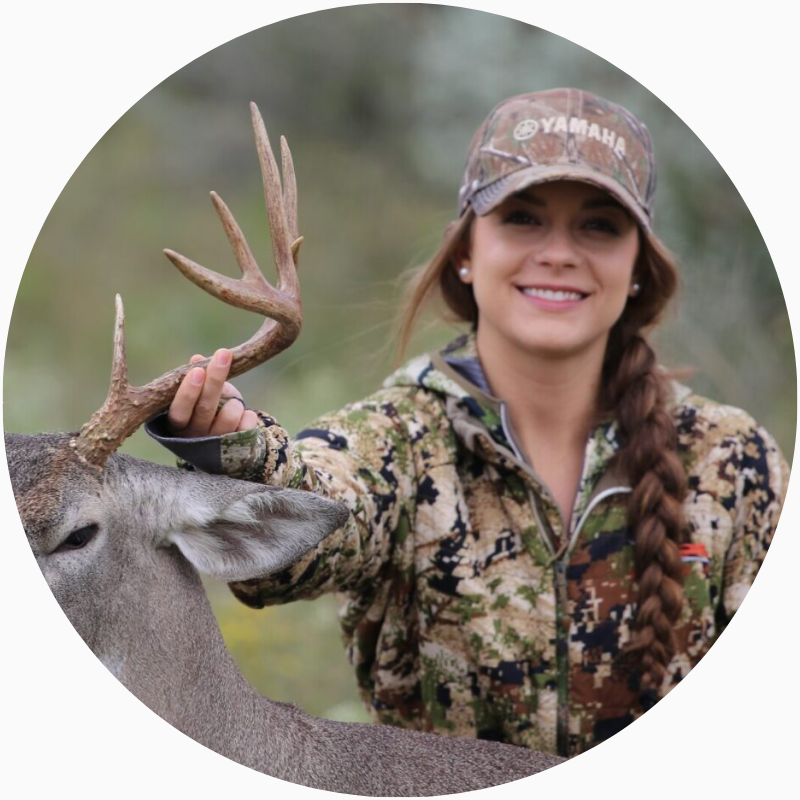 Emily Kantner
Emily Kantner
Emily Kantner is the Communications Manager for the Pennsylvania Game Commission. She’s a lifelong Pennsylvania hunter, and her best days are spent with a bow in hand.